Watches and Their Different Types of Movements
What's movement? How many different options are there? Manual winding, automatic movement, battery-powered, quartz movement, chronograph function tourbillion, self-winding, etc. Let's get all this cleared up when talking about watches. Starting to learn about something can frequently be overwhelming, with as much information (and sometimes misinformation) at our fingertips at any given second. We can research and learn about anything in the world that we want to just by reaching into our pockets and pulling out our phones, which we know everyone has on them 24/7.
We're here to debunk and offer simple and clear explanations of the different types of movements within the watch world. Whether you are an aficionado, a casual collector, or like to have a variety of watches, we're here to break down the insides of what makes the watch work and why you might want to choose a specific type of movement for your next watch!
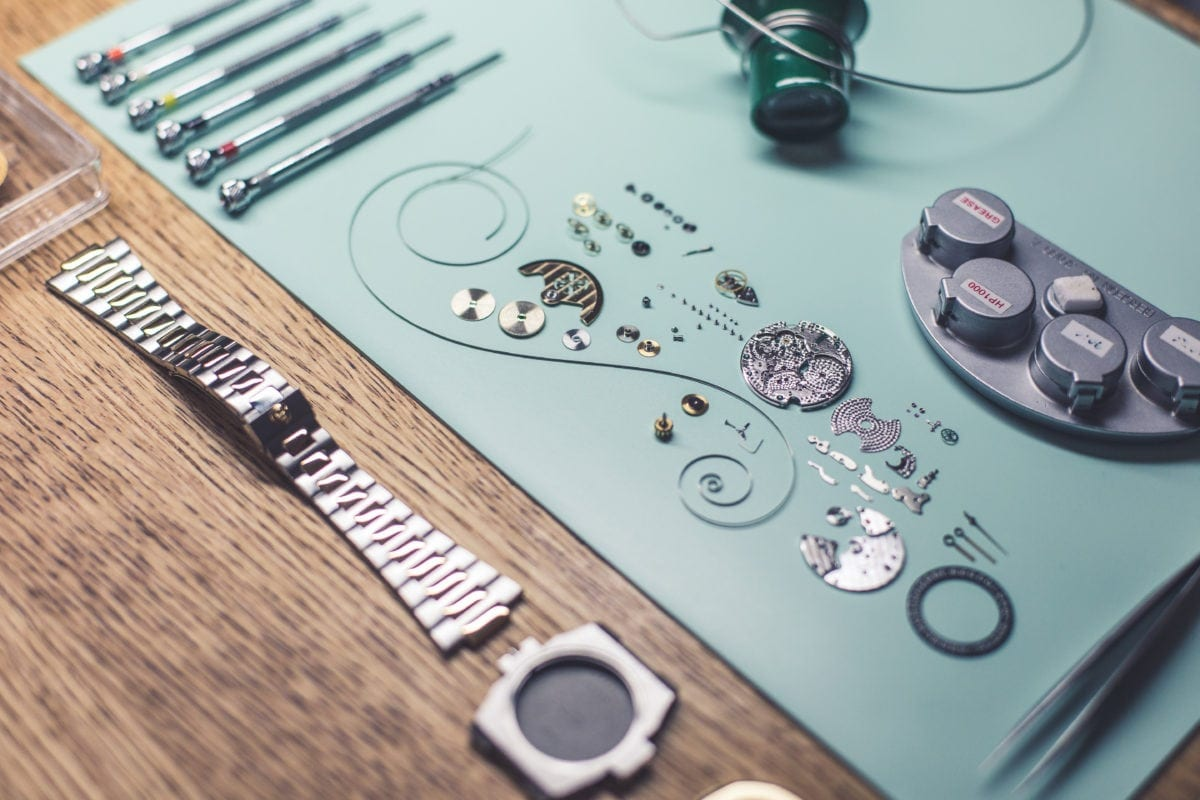
Watches have been an essential part of our lives for centuries. In the early days, watches were used primarily to tell time, but with technological advancements, they have become much more than just that. Today, they are a symbol of luxury, elegance, and precision. One of the most crucial aspects of any watch is its movement, which refers to the mechanism that powers the watch's hands and complications. In this blog post, we will explore the types of movements used in high-end watches, their history, and how they have improved over time.
Mechanical Movement
Mechanical movement watches have existed since the 1600s and are still widely used in high-end watches. A mechanical movement uses a series of gears, springs, and other mechanical components to power the watch's hands and complications. They are the most traditional type of movement and are preferred by many watch enthusiasts for their classic look and feel. Mechanical movements can be further divided into two categories: manual and automatic.
Manual Movements
Manual movements, also known as hand-wound movements, require the wearer to wind the watch manually every day by turning the crown. This action winds the mainspring, which stores the energy needed to power the watch.
Watch collectors highly prize manual movements for their traditional feel and their simplicity. Manual movements are the oldest and most traditional type of watchmaking. They were first developed in the 15th century, and their design has remained relatively unchanged since then.

How Mechanical Watch Movements Work
The wearer must turn the watch's crown to wind a manual watch. The crown is typically located on the side of the watch case, and turning it clockwise winds the mainspring. The amount of winding required depends on the watch's power reserve, which is how long the watch can run on a thoroughly wound mainspring.
Most manual movements have a power reserve of around 40 hours, meaning they must be wound almost daily. The simplicity of manual movements makes them a popular choice for many watch collectors. Unlike quartz movements, which rely on batteries and electronics, manual movements are mechanical and require no external power source, making them more reliable and easier to maintain.
Advantages of Manual Wind Watches
Another advantage of manual wind watches is that they allow the wearer to feel a closer connection to the watch. Winding a manual watch requires skill and finesse. Many watch enthusiasts enjoy winding their watches daily, creating a more personal relationship between the wearer and their timepiece.
Manual movements are also prized for their traditional feel. Many high-end watchmakers continue to produce manual movements because they provide a connection to the past and a sense of heritage. Some watch enthusiasts prefer manual movements because they represent a simpler time when craftsmanship and attention to detail were highly valued.
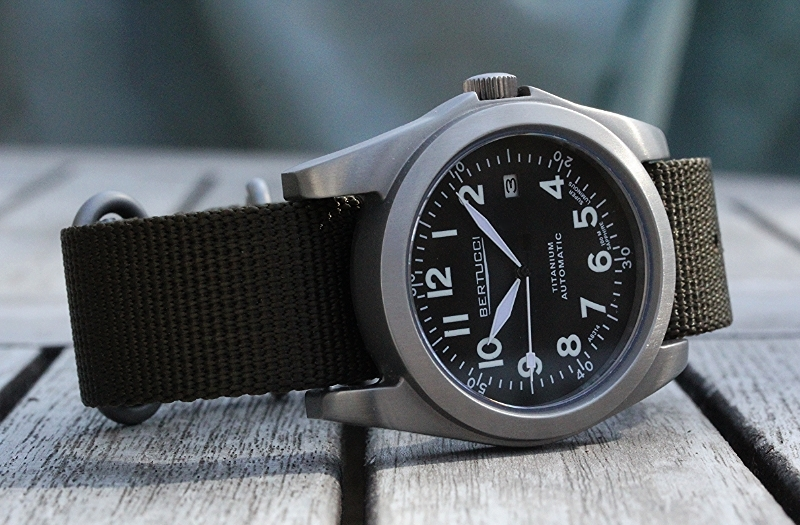
Despite their traditional design, manual movements continue to be refined and improved by watchmakers. New materials and manufacturing techniques have been developed to improve the accuracy and reliability of manual movements. For example, many modern manual movements use silicon parts, which are more durable and require less maintenance than traditional metal parts.
To sum it all up, manual movements are a type of mechanical movement that requires the wearer to wind the watch's mainspring manually. Watch enthusiasts highly prize them for their simplicity, reliability, and traditional feel. Manual movements provide a closer connection between the wearer and their watch and represent a simpler time when craftsmanship and attention to detail were highly valued. Despite their traditional design, manual movements continue to be refined and improved by watchmakers using new materials and manufacturing techniques.
Automatic Movement
Automatic movement, also known as self-winding, is a type of mechanical movement used in watches that winds itself automatically through the natural motion of the wearer's wrist. In an automatic movement, a weighted rotor inside the watch rotates as the watch is worn, which winds the mainspring and provides power to the watch's movement.
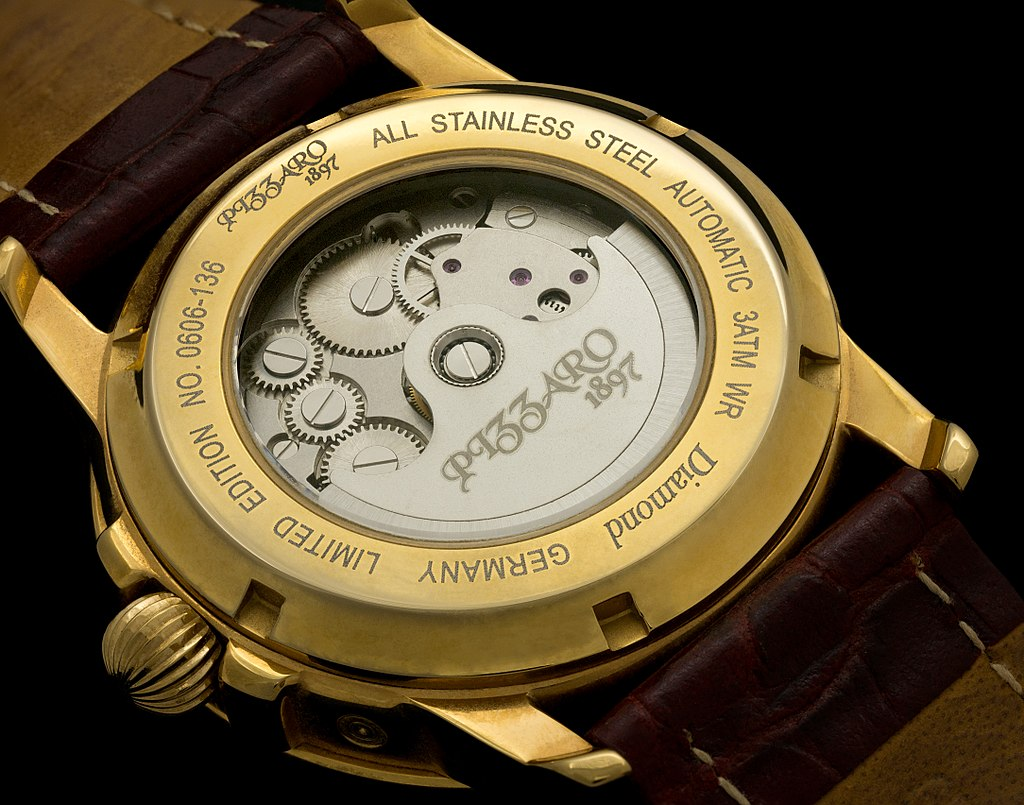
These types of watches were first developed in the 18th century, but they only became popular in the 20th century when watchmakers refined and improved them. Today, they are widely used in high-end luxury watches and are preferred by many watch enthusiasts for their convenience and reliability.
How Automatic Watches Work
To use an automatic watch, the wearer wears the watch and moves their wrist throughout the day. The wrist's movement causes the rotor inside the watch to rotate, which winds the mainspring and provides power to the watch's movement. These movement types typically have a power reserve of around 40 hours, which means they can run for a few days without needing to be wound.
Advantages of Automatic movement
One of the main advantages of this type of timepiece is convenience over its counterpart. Because the watch winds itself automatically, the wearer can only wind it sometimes, making automatic watches a popular choice for people who lead busy lifestyles and may not have time to wind their watches regularly.
Another advantage of automatic movement is that they provide a smoother and more consistent power delivery to the watch's movement. Because the mainspring is wound continuously, the power delivery is more constant, which can improve the accuracy and reliability of the watch.
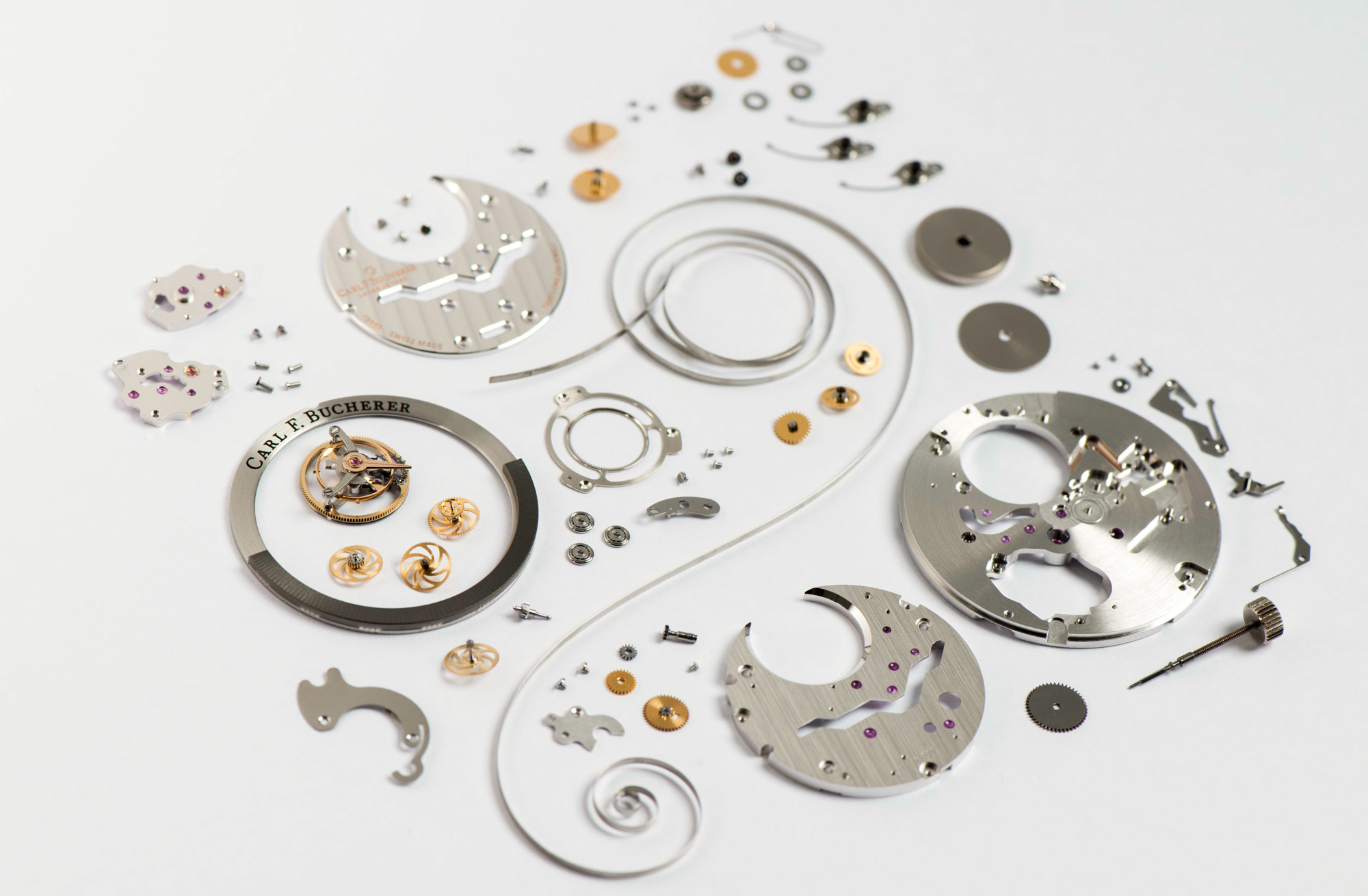
Watch enthusiasts also prize automatic movement for their mechanical complexity and the craftsmanship required to produce them. The intricate design of an automatic movement can be appreciated through the transparent case back of many high-end watches. The rotor, gears, and other components are often decorated with intricate patterns or engravings, which add to the watch's aesthetic appeal.
Despite their convenience and reliability, automatic movements do have some disadvantages. They are typically more expensive than manual movements because they require additional components and manufacturing processes. Additionally, automatic movements generally are thicker than manual ones, making the watch case thicker.
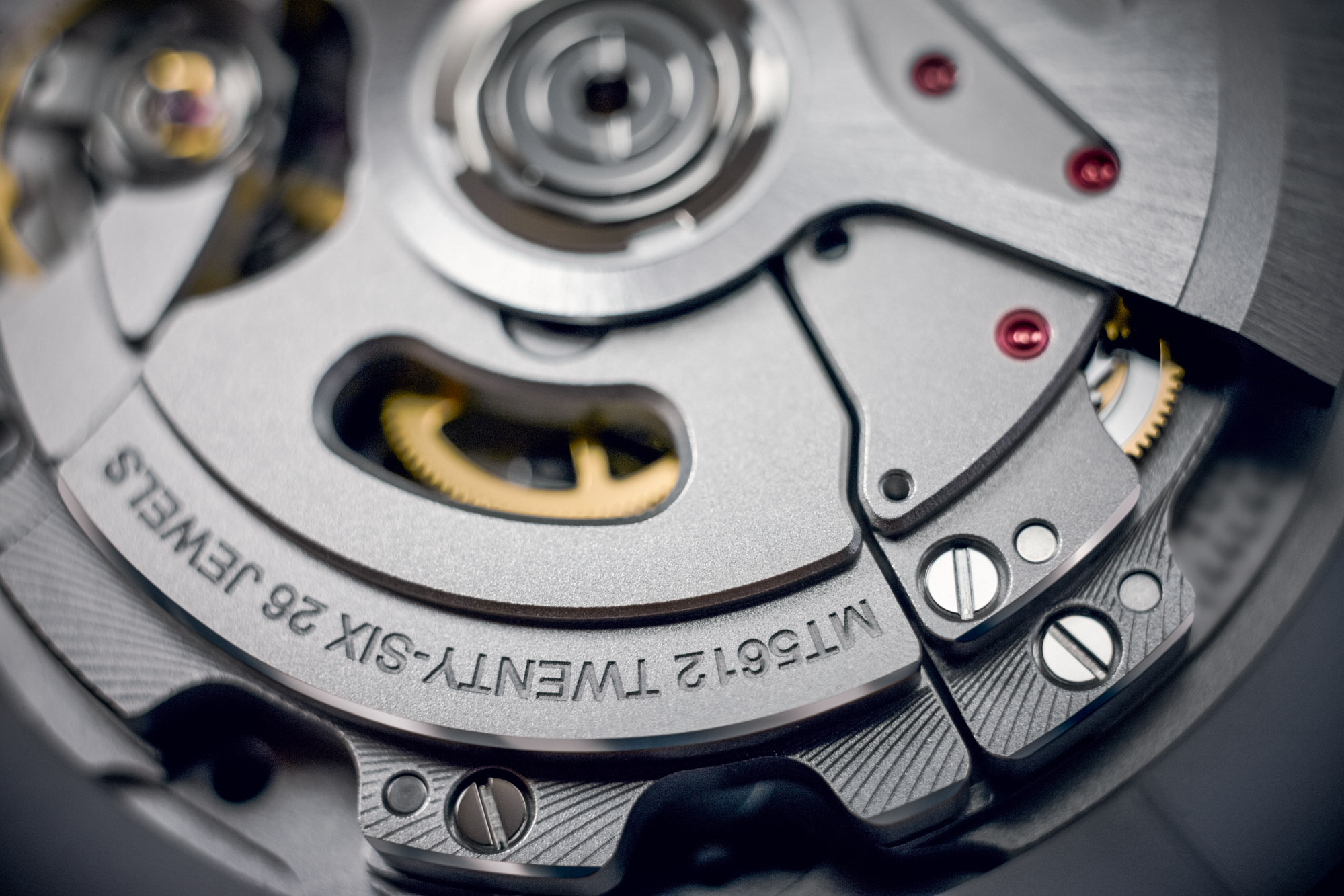
Automatic is a type of mechanical movement used in watches that winds itself automatically through the natural motion of the wearer's wrist. They were first developed in the 18th century but became popular in the 20th century when watchmakers refined and improved them.
Many enthusiasts prefer automatic movements for convenience, reliability, and mechanical complexity. They provide a smoother and more consistent power delivery to the watch's movement and can be appreciated through the transparent case back of many high-end timepieces. However, automatic movements are typically more expensive than manual movements and can make the watch case thicker.
Quartz Movement
A quartz movement is a type of movement that uses an electronic oscillator regulated by a quartz crystal to keep time. The crystal vibrates at a very high frequency, measured by a circuit, and is used to keep the timekeeping accurate. Quartz watch movements are widely used in watches today and are known for their accuracy, affordability, and low maintenance requirements.
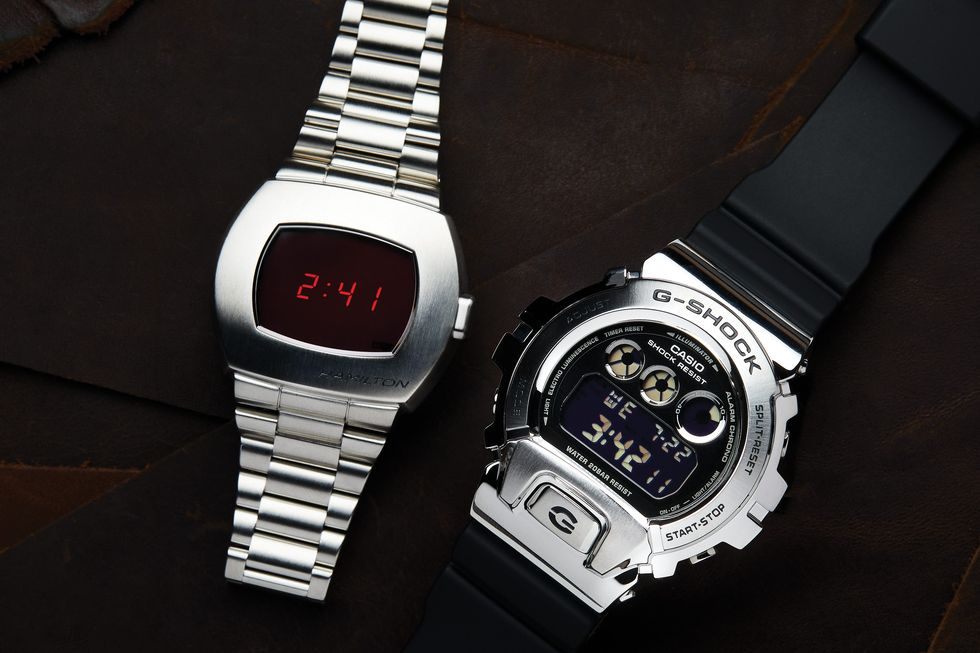
The quartz movement was first developed in the 1960s by Swiss manufacturer Seiko. They quickly gained popularity due to their accuracy and low cost. A quartz movement uses a battery to power the electronic circuit, which measures the vibrations of the quartz crystal and converts them into an accurate time measurement.
Advantages of Quartz
One of the advantages of quartz movement is its accuracy. They are known for their precision, typically keeping time to within a few seconds per month due to the high frequency of the quartz crystal, which vibrates at a rate of 32,768 times per second. The accuracy of quartz movements is further improved by electronic circuits, which can adjust the frequency of the crystal to measure time precisely.
Another advantage of quartz movements is their affordability. Quartz watches are typically less expensive than mechanical ones because they use fewer parts and require less labor. They are also far less costly to maintain because they need fewer servicing intervals than mechanical watches.
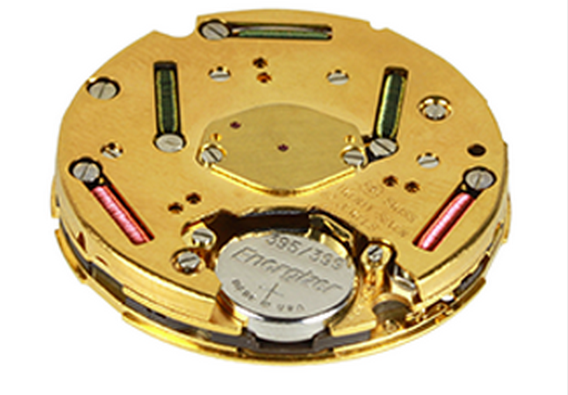
Quartz movements are also known for their reliability and low maintenance requirements. Because they use electronic components rather than mechanical ones, quartz watches are less prone to wear and tear, making them a great option as an everyday watch.
The battery in a quartz watch typically lasts for several years and can be easily replaced when it runs out. Quartz watches are popular for people who want a reliable and low-maintenance timepiece.
Despite their advantages, quartz movements have their drawbacks. Some watch enthusiasts prefer mechanical movements because of their traditional feel and the craftsmanship required to produce them.
Additionally, quartz movements have a different level of mechanical complexity than mechanical movements, which some collectors find less interesting.
Quartz movements are watch movements that use an electronic oscillator regulated by a quartz crystal to keep time. They were first developed in the 1960s and quickly gained popularity due to their accuracy, affordability, and low maintenance requirements. Quartz movements are known for their precision, affordability, reliability, and low maintenance requirements. However, some watch enthusiasts prefer mechanical movements because of their traditional feel and the craftsmanship required to produce them.
Hybrid Movement
Hybrid movement is a type of watch movement that combines both mechanical and electronic components to provide a unique timekeeping experience. Hybrid movements typically use a mechanical movement to power the watch's hands and a digital display to provide additional features such as a stopwatch, calendar, or multiple time zones. Hybrid movements are becoming increasingly popular among watch enthusiasts who want a traditional mechanical watch with modern features.

Hybrid movements first emerged in the early 2000s when watchmakers began experimenting with integrating electronic components into mechanical watches. The first hybrid watches were bulky and needed the refined design of traditional mechanical watches. However, hybrid watches have become more streamlined and elegant as technology advances.
Advantages of Hybrid Movement
One of the advantages of hybrid watch movements is their versatility. They combine the traditional craftsmanship of mechanical movements with the convenience and functionality of electronic components. Hybrid watches can provide additional features, such as fitness tracking, notifications, and GPS tracking, without sacrificing a traditional watch's classic look and feel.
Another advantage of hybrid movements is their accuracy. The mechanical movement powers the watch's hands, which provides a more natural and precise timekeeping experience than a purely digital watch. The digital display provides additional information, such as the date, day, and additional time zones. Hybrid movements typically use a quartz crystal to regulate the electronic components, which ensures accurate timekeeping.
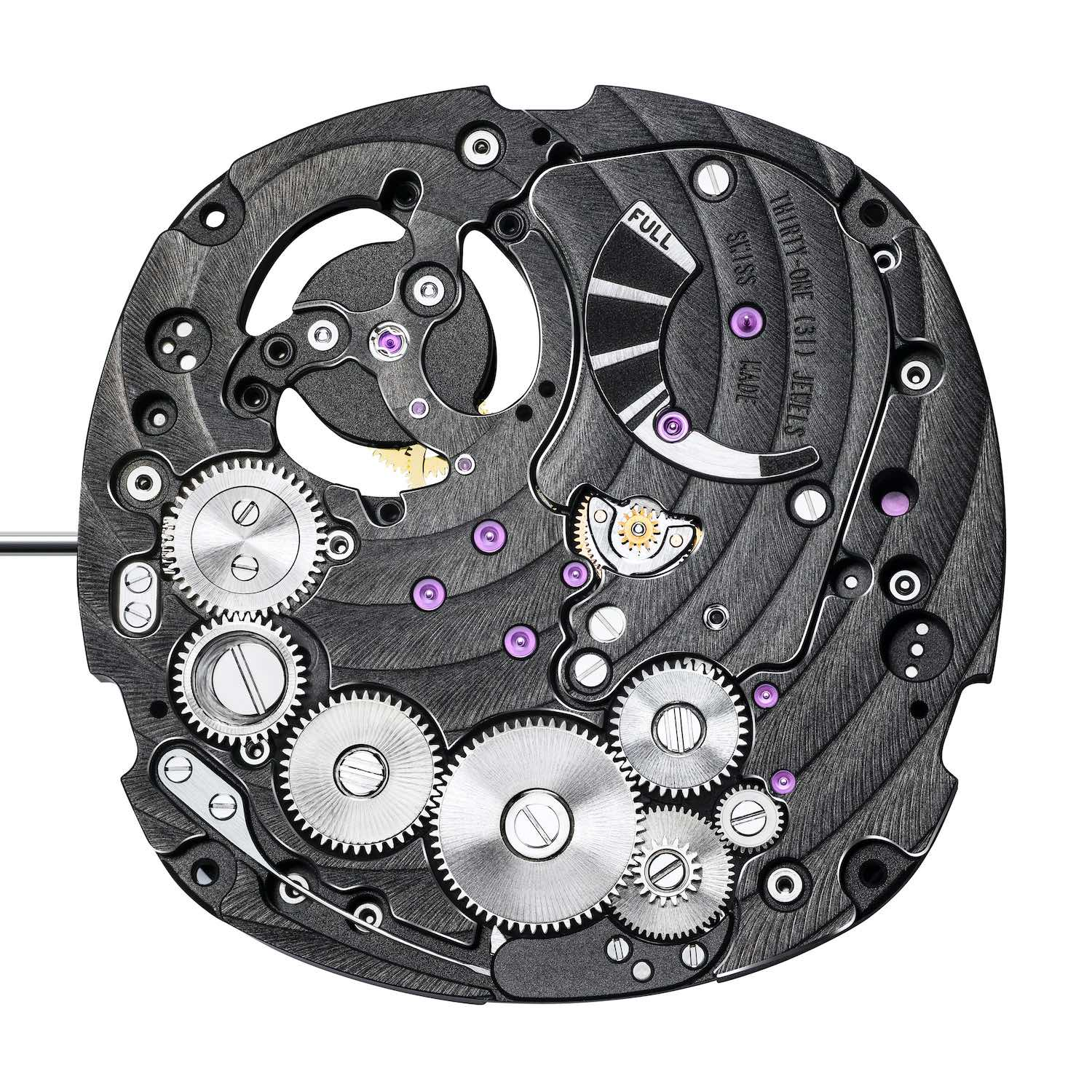
Hybrid movements are also known for their convenience. Depending on the watch, they typically have a long battery life, which can last for several months or even years. Hybrids also have the option to recharge the battery using a USB cable, which eliminates the need for frequent battery replacements.
Despite their advantages, hybrid movements do have some drawbacks. They are typically more expensive than mechanical or quartz because they require additional components and manufacturing processes. Additionally, the electronic components in a hybrid can make the case thicker than a traditional mechanical.
In essence, hybrid movements are a type of movement that combines mechanical and electronic components to provide a unique timekeeping experience. They were first developed in the early 2000s and have become increasingly popular among enthusiasts. Hybrid movements are known for their versatility, accuracy, and convenience. They combine the traditional craftsmanship of mechanical movements with the functionality of electronic components. However, they are typically more expensive than conventional mechanical or quartz and can be thicker due to the additional features.
Tourbillon Movement
Tourbillon movement is a type of mechanical movement used in high-end watches to improve accuracy by compensating for the effects of gravity. The tourbillon mechanism was invented by Swiss watchmaker Abraham-Louis Breguet in the late 18th century and is considered one of the most prestigious and complicated complications.
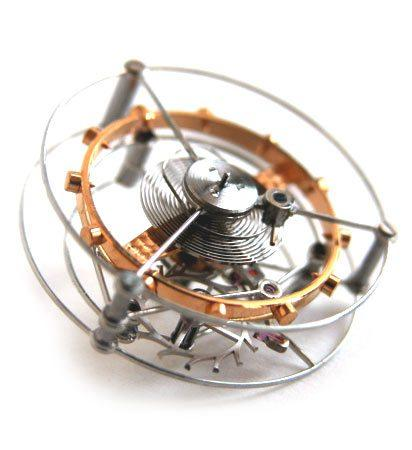
The tourbillon mechanism comprises a rotating cage that houses the balance wheel, hairspring, and escapement. The cage rotates once per minute, which counteracts the effects of gravity on the watch's timekeeping. The tourbillon mechanism is particularly effective in pocket and wristwatches, which can experience significant timekeeping variations due to the constant motion and position changes.
Tourbillon movements are often used in high-end designs and signify prestige and craftsmanship. The complexity of the mechanism requires a high level of skill and precision in its manufacture, which often results in a higher price tag.
Development of Tourbillion Watch Movements
Over the years, the tourbillon mechanism has undergone various improvements and modifications to enhance its accuracy and efficiency. One notable development is the flying tourbillon, which eliminates the upper cage and uses a cantilevered bridge to hold the balance wheel and hairspring in place. This design allows for a better view of the mechanism and reduces the overall weight.
Another development is the multi-axis tourbillon, which uses multiple rotating cages to further reduce the effects of gravity on the watch's timekeeping. Multi-axis tourbillons are incredibly complex and require a high level of manufacturing expertise. They are typically found in the most high-end and exclusive watch companies and make excellent dress watches.
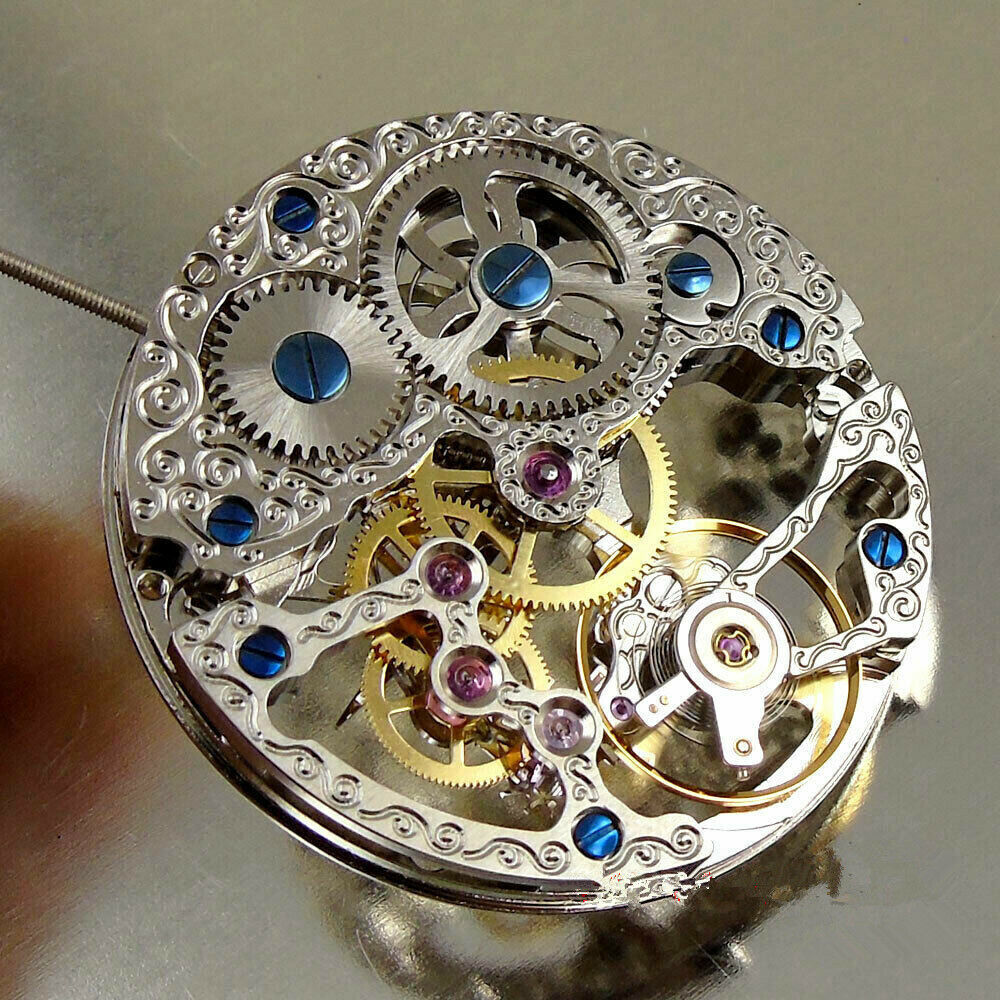
Tourbillon movements are often decorated with intricate engravings, beveling, and polishing to enhance their visual appeal. The complex mechanism and high level of craftsmanship required to manufacture tourbillon movements make them highly sought after by collectors and enthusiasts.
Despite their advantages, tourbillon movements do have some limitations. They require high maintenance and servicing to ensure their accuracy and longevity. The intricate design of the mechanism can also make it difficult to repair if something goes wrong.
Tourbillon movement is a type of mechanical movement used in high-end watches to improve accuracy by compensating for the effects of gravity. The tourbillon mechanism was invented by Swiss watchmaker Abraham-Louis Breguet in the late 18th century and is considered one of the most prestigious and complicated watch complications.
The complexity of the mechanism and the high level of skill required to manufacture a tourbillion watch makes them highly sought after by collectors and enthusiasts. However, their high price tag and maintenance requirements make them less accessible to the average wearer.
Chronograph Movement
The chronograph movement is a watch movement that adds a stopwatch function to the watch. Chronographs are popular among sports enthusiasts and professionals needing to measure elapsed time accurately. Chronographs have been around for over a century and have become increasingly popular.
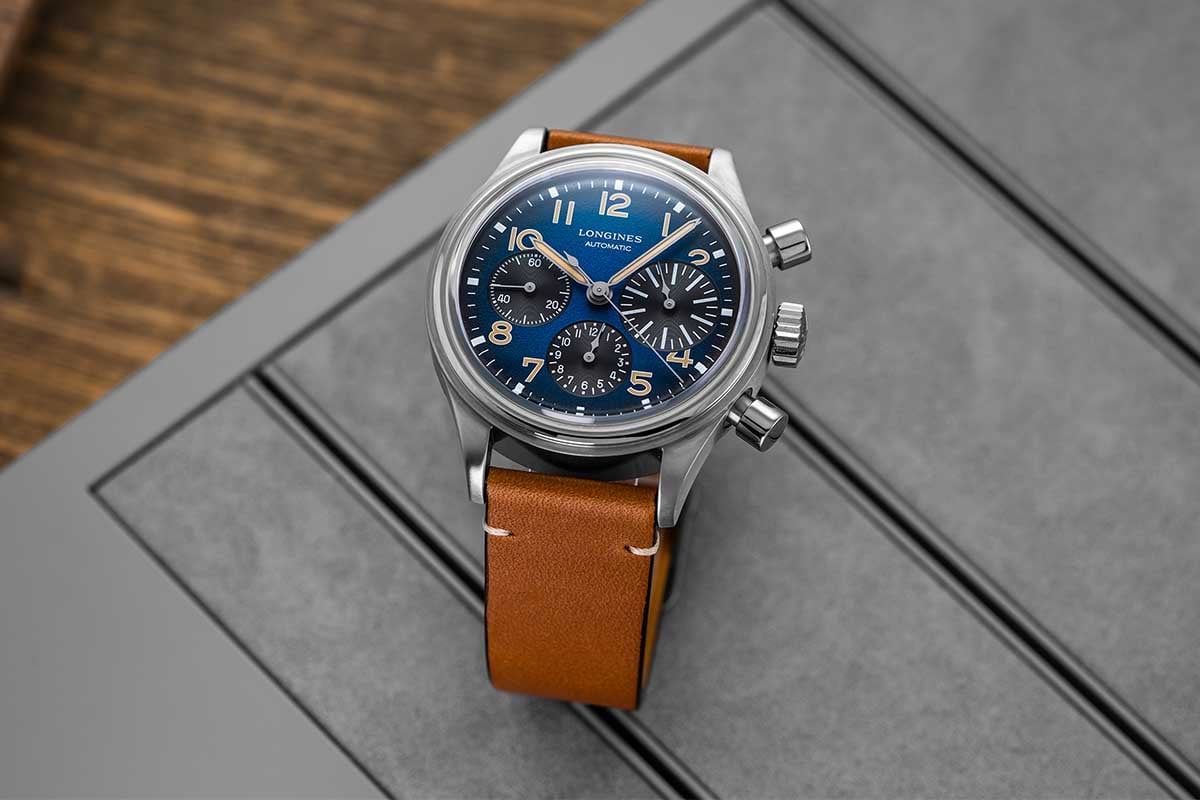
Chronographs have a separate timing mechanism that can be started, stopped, and reset independently of the watch's primary timekeeping function. The chronograph mechanism typically has several sub-dials within the dial that displays the elapsed time in seconds, minutes, and hours. Chronographs can measure various activities, such as running, swimming, and flying, and are often used in professional sports and aviation.
Chronograph movements can also vary in complexity, with some watches featuring additional complications such as a tachymeter or a telemeter. A tachymeter is used to measure speed and distance. In contrast, a telemeter measures the length of an event by timing the interval between a visual or auditory signal and its echo.
Advantages of Chronograph Watches
One of the advantages of chronograph watches is their versatility. They can be used for various activities, from timing a run to timing the cooking time of a meal. Chronograph watches also add functionality to the watch, making them more valuable and practical than traditional choices.
Chronograph watches are also known for their design, with many watchmakers incorporating elegant and sophisticated designs into their chronograph watches. Chronographs can feature various materials, such as precious metals, leather, and ceramic, and can be designed with different styles and aesthetics, from pocket watches to wristwatches.
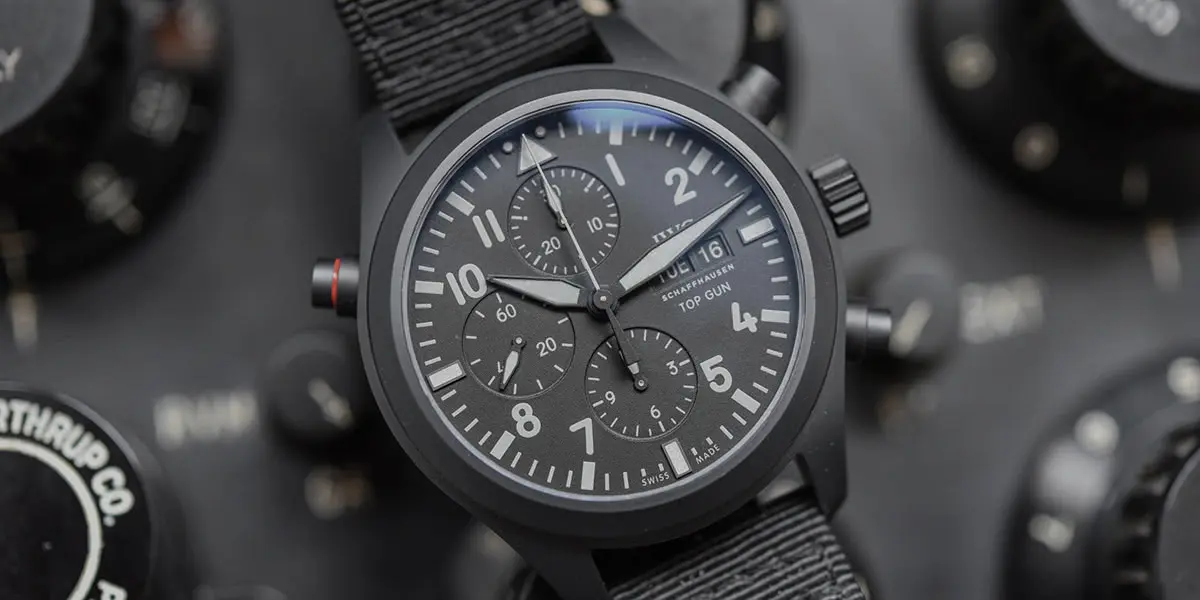
In summary, a chronograph watch is a type of watch movement that adds a stopwatch function to the watch. Chronograph watches are popular among sports enthusiasts and professionals who need to measure elapsed time accurately. Chronograph functions have a separate timing mechanism that can be started, stopped, and reset independently of the watch's primary timekeeping function. Chronograph movements can be manual or automatic and vary in complexity, with some watches featuring additional complications such as a tachymeter or telemeter. Chronograph watches are versatile, practical, and stylish, making them popular for someone's first watch.







Leave a comment